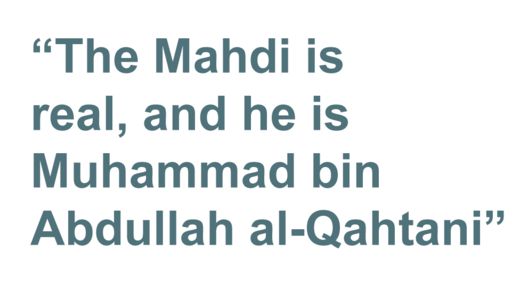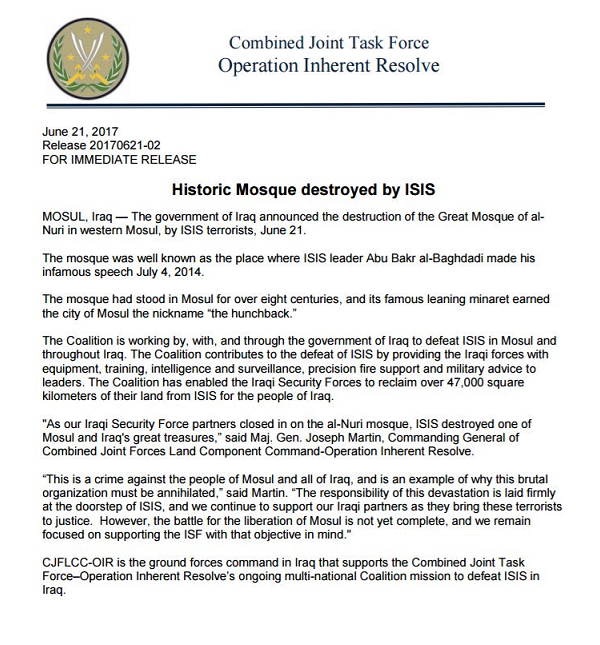Mecca, the 1979 Grand Mosque Siege
Sunday, December 29th, 2019[ by Charles Cameron — watch out for movements — of any belief — that arm themselves in preparation for an end times battle ]
.
This is simply to alert you to a fine BBC recounting of the events at the Grand Mosque in Mecca on the first day of the current Islamic century — when two or three hundred heavily armed militants following a Mahdist claimant and his proclaimer —
BBC pull quote
really, think the Second Coming of Jesus Christ and His John the Baptist, and you have some sense of the seriousness of the affair — took over the central mosque in all of Islam — think the Church of the Holy Sepulcher in Jerusalem, or St Peter’s Basilica in the Vatican perhaps — and held the place under siege, with considerable bloodshed, until finally four French commandos were allowed in to use gas and flush out the remaining followers of the Mahdi, himself now dead.
**
End times arousals of this sort are far from over: ISIS espoused an explicitly eschatological ideology, while AL Qaida used an end times hadith to rally to their black banners in Afghanistan, and a 2007 Shi’ite insurgency near Najaf around a Mahdist claim, Shi’i-style, was serious enough for the government of Iraq to call in American air strikes.
Important stuff, therefore.
**
Recommended Readings:
BBC, Mecca 1979: The mosque siege that changed the course of Saudi history Hegghammer & Lacroix, The Meccan Rebellion: The Story of Juhayman al-‘Utaybi Revisited
Hegghammer & Lacrois:







